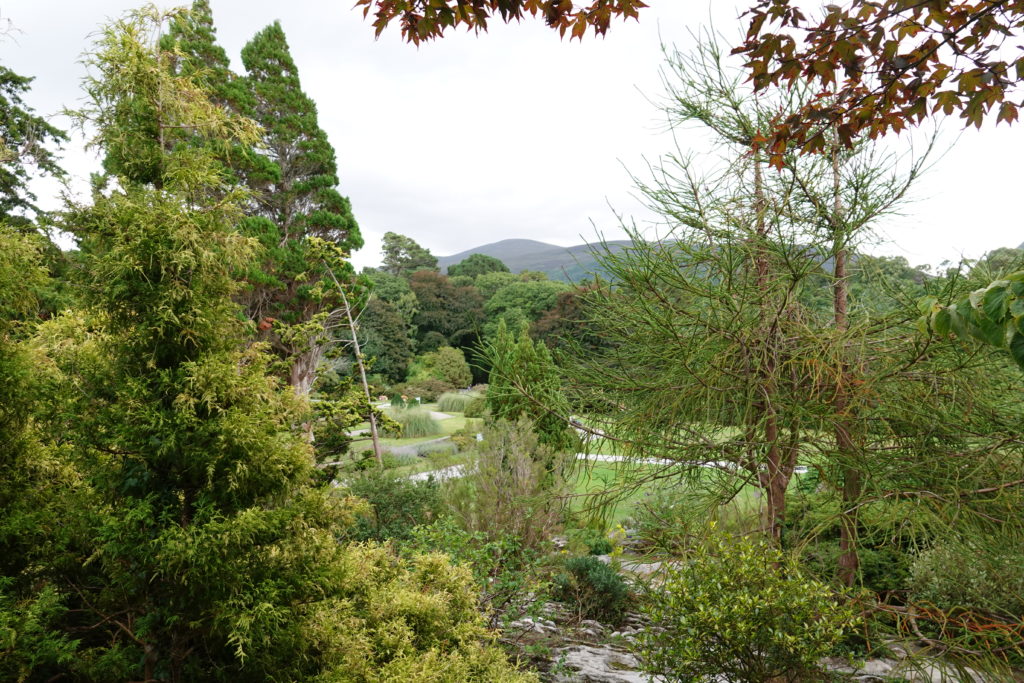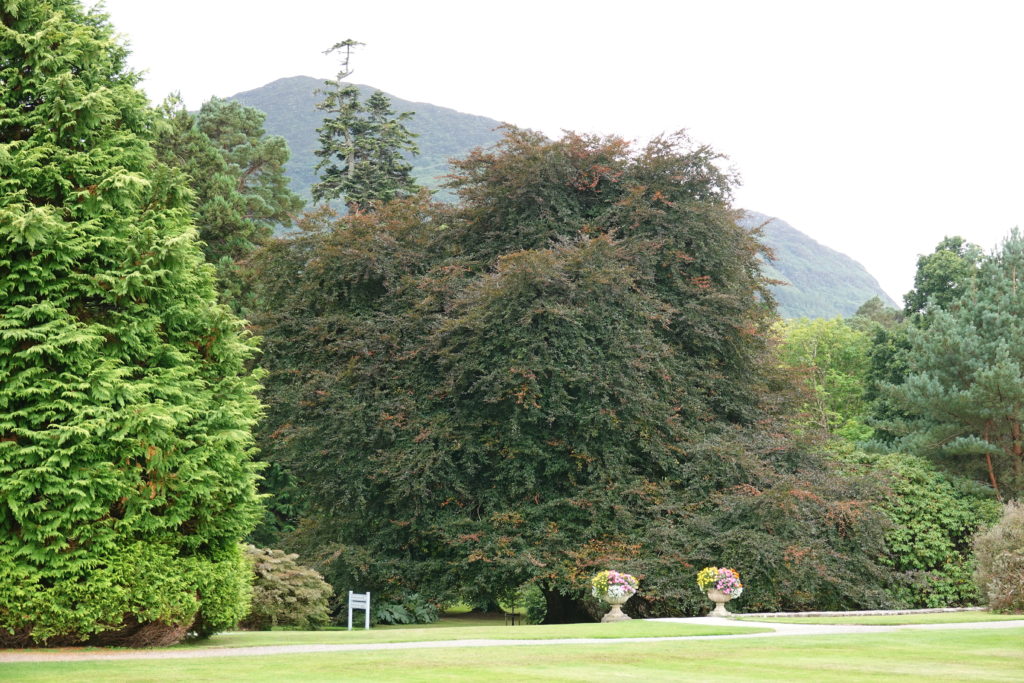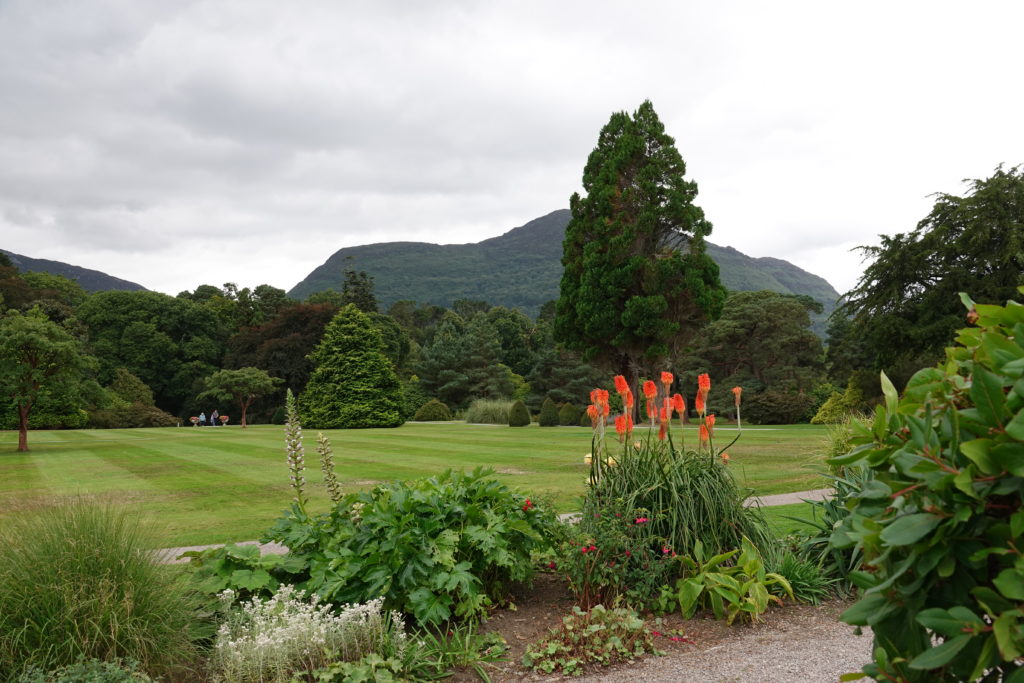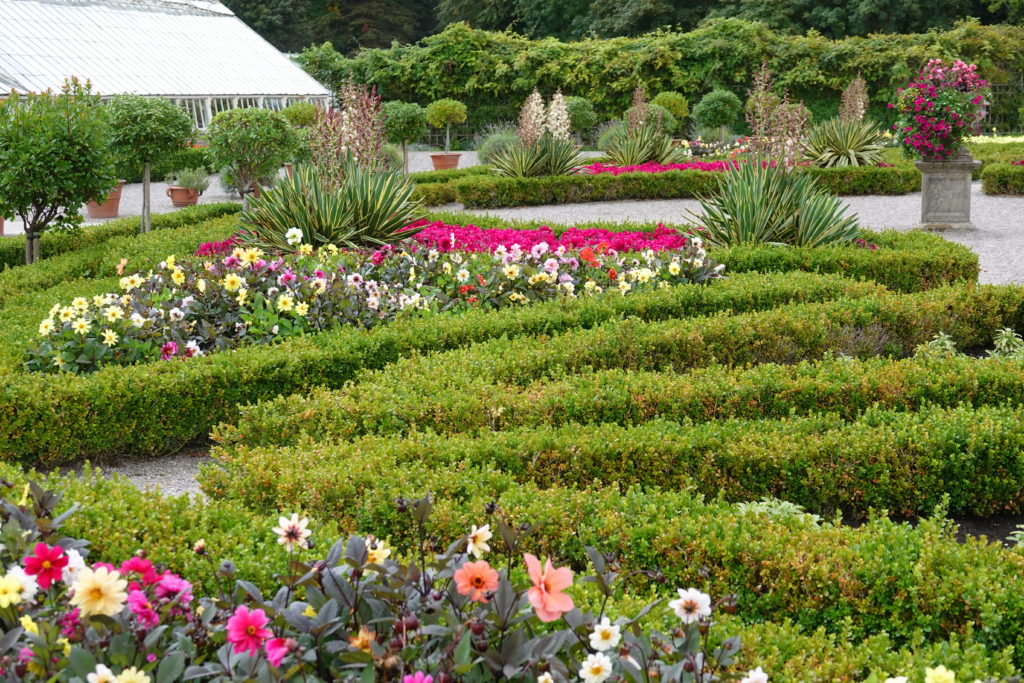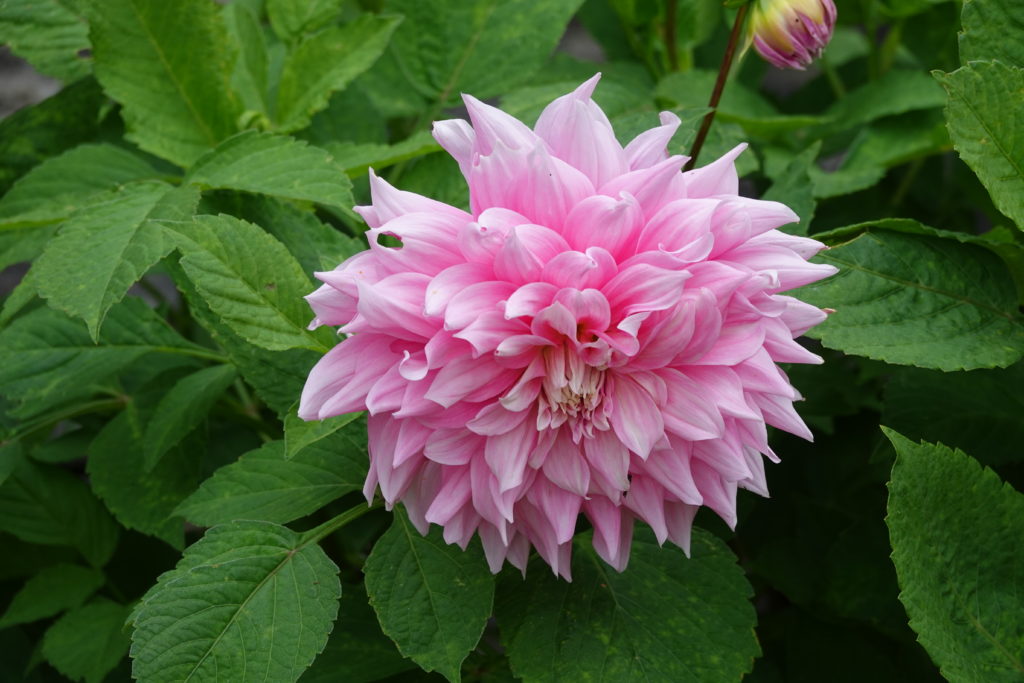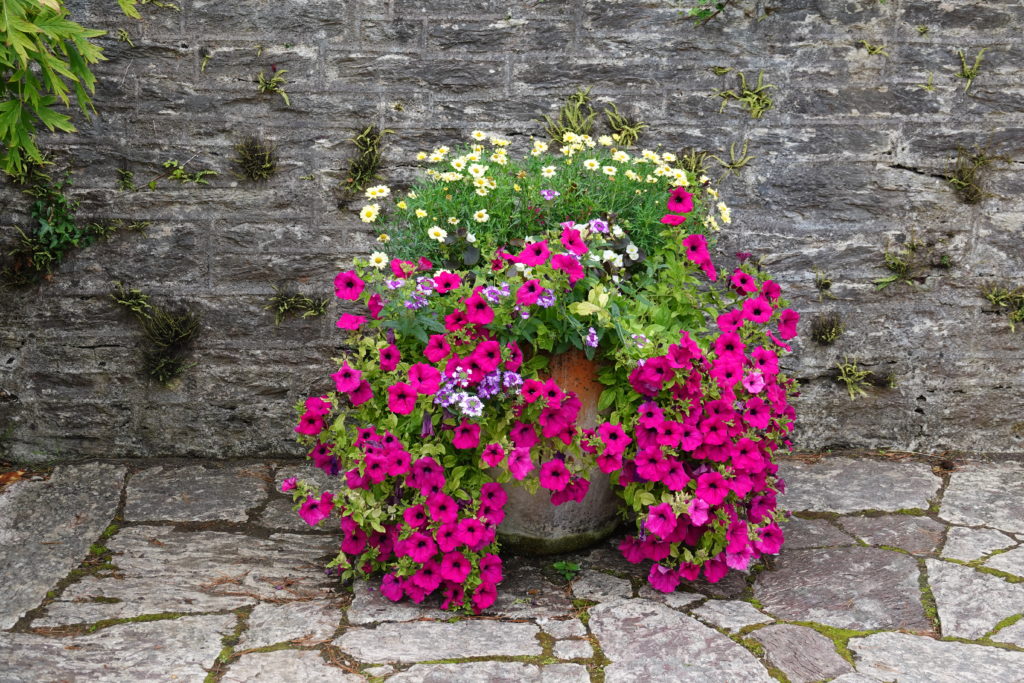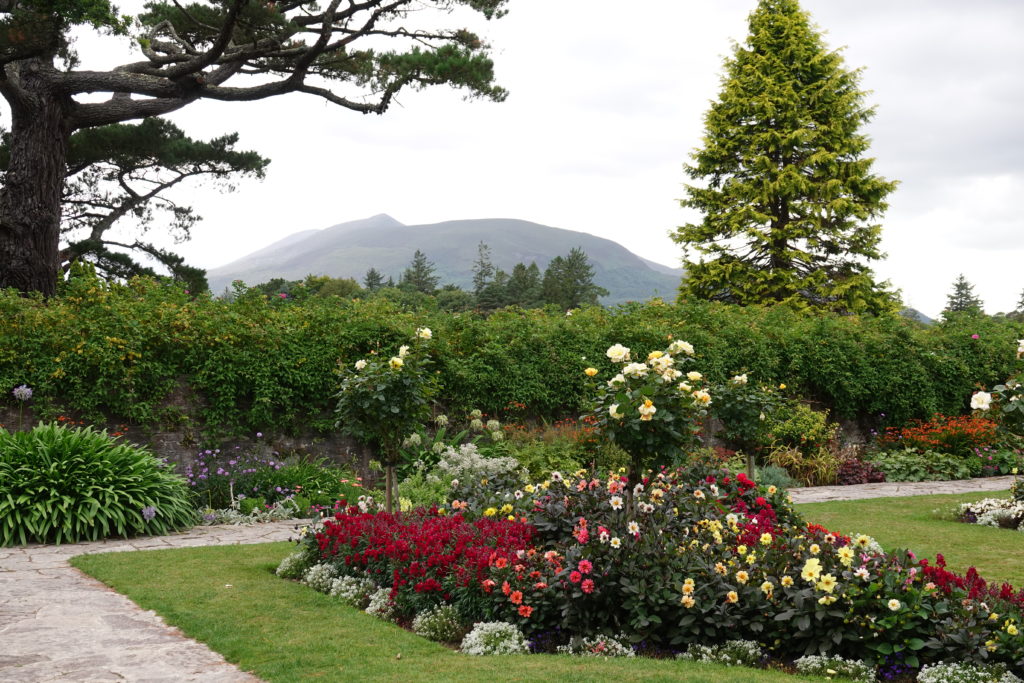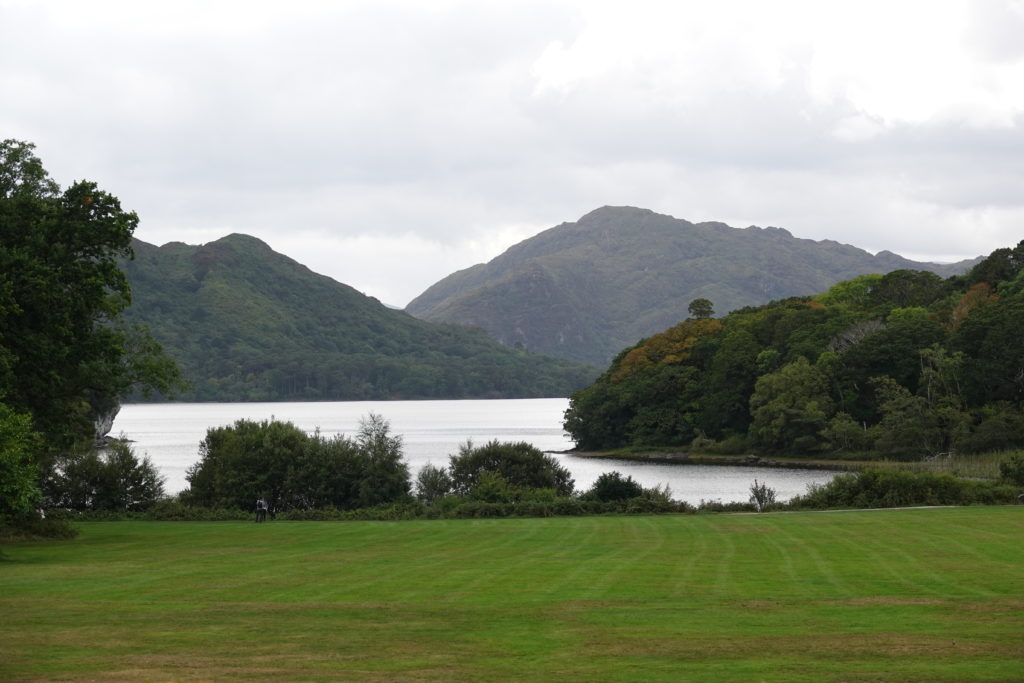Killarney National Park
Paula neglected the legend of how her grandfather came to America flying on a battle swan. Since a swan cannot carry a whole human (that would be silly) he had to leave his legs behind, but unencumbered by a body they were able to run across the Atlantic and got to the North Side of Chicago before he arrived. (If you think that’s unlikely, just wait till we visit the Blarney Stone).
After we had visited the ancestral territory of the Murphy Clan, we continued on to Ireland’s first national park, Killarney. First call was Ross Castle.
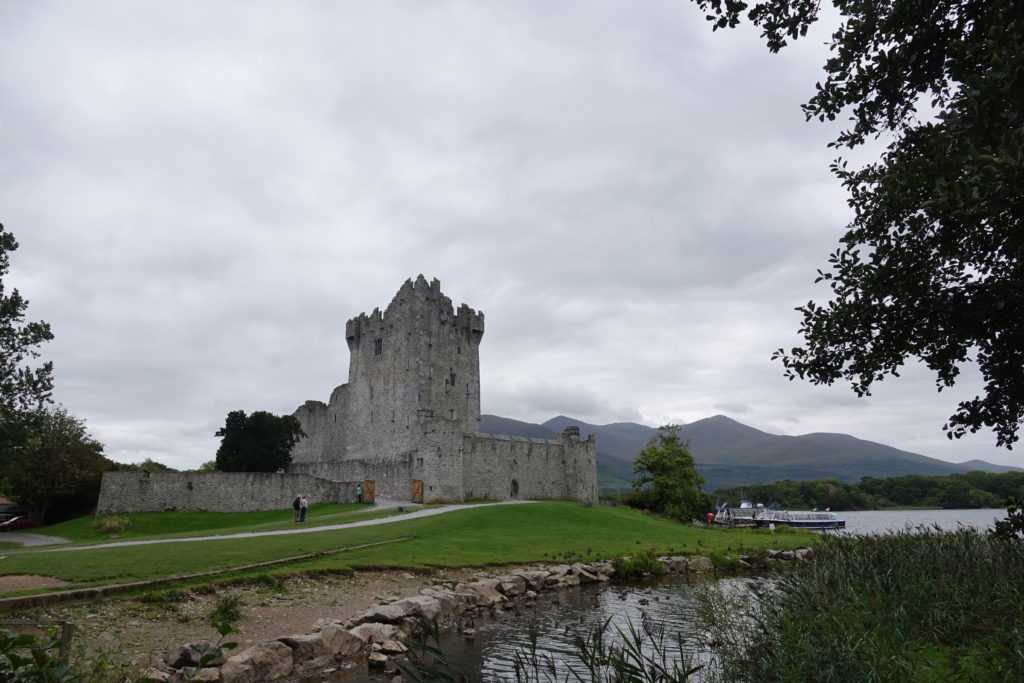
You may think the castle is in particularly good condition.
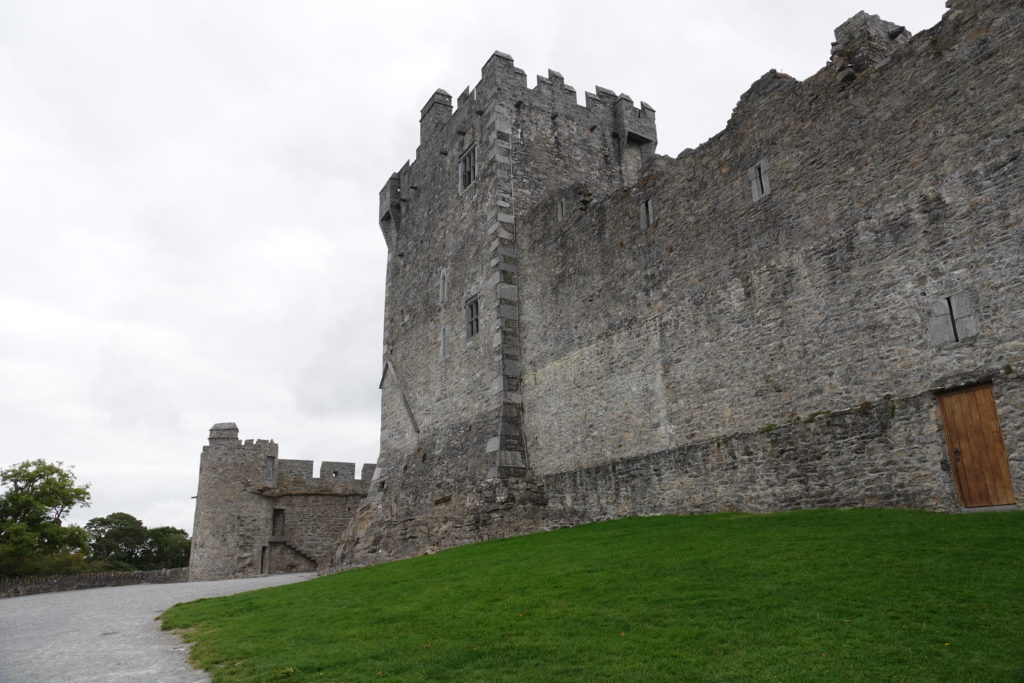
The previous owner had wanted a scenic ruin, so he had let the original building decay, and modified the 18th century barracks to look like a medieval ruin. When the National Parks service took over they found the original ruined castle was about to fall over, so they set about making it safe. However, the contractor kept finding more stuff that needed doing – you know how that one goes. By the time the work was finally over, the National Parks service found they had a perfectly serviceable castle on their hands, capable of withstanding attack from any weapons build prior to about 1500. If the vikings return to ravage Ireland, the National Parks Service will be ready.
They don’t allow photos inside, so we continued to the Muckross estate. There’s a fine Victorian manor house which was for a while owned by the family that built Filoli near San Francisco.
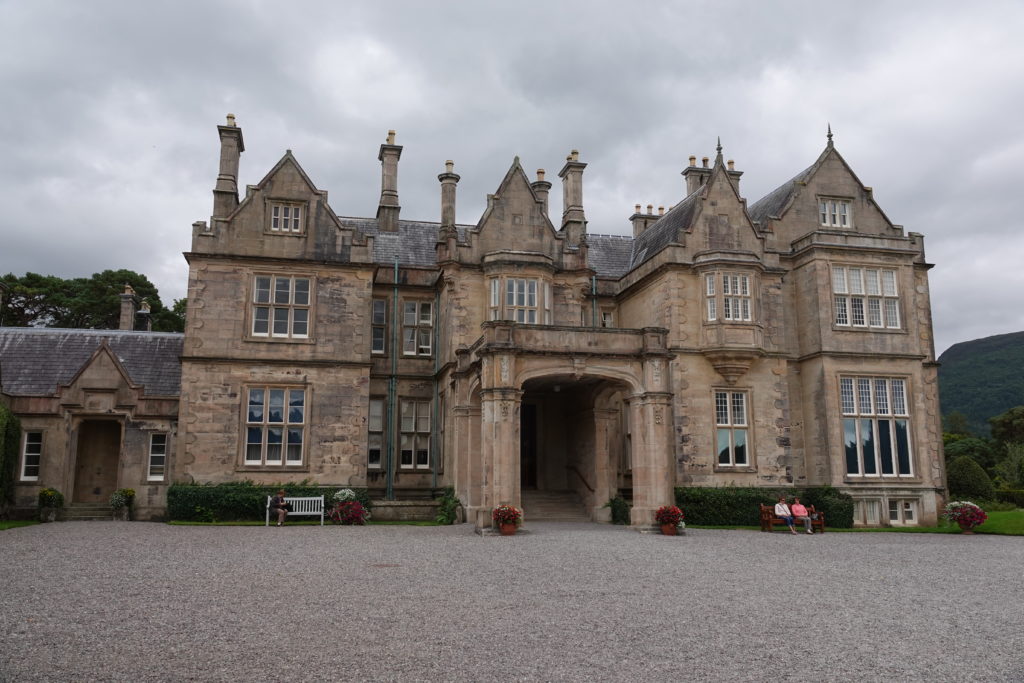
Queen Victoria herself stayed there for two nights, an event that was planned six years in advance, and required much redecoration and rebuilding. The queen was terrified of fire, so they accommodated her on the ground floor, and built her a personal fire escape that is still there.
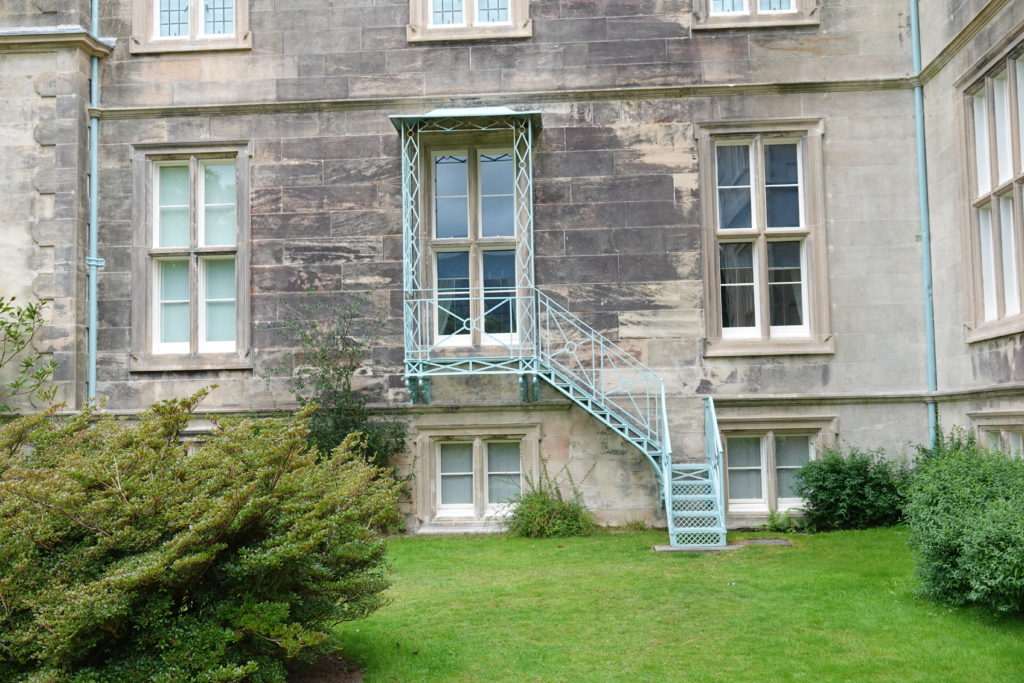
They don’t allow photos in this house either, but the gardens are lovely.

The final stop of the day was the lovely Torc Waterfall.
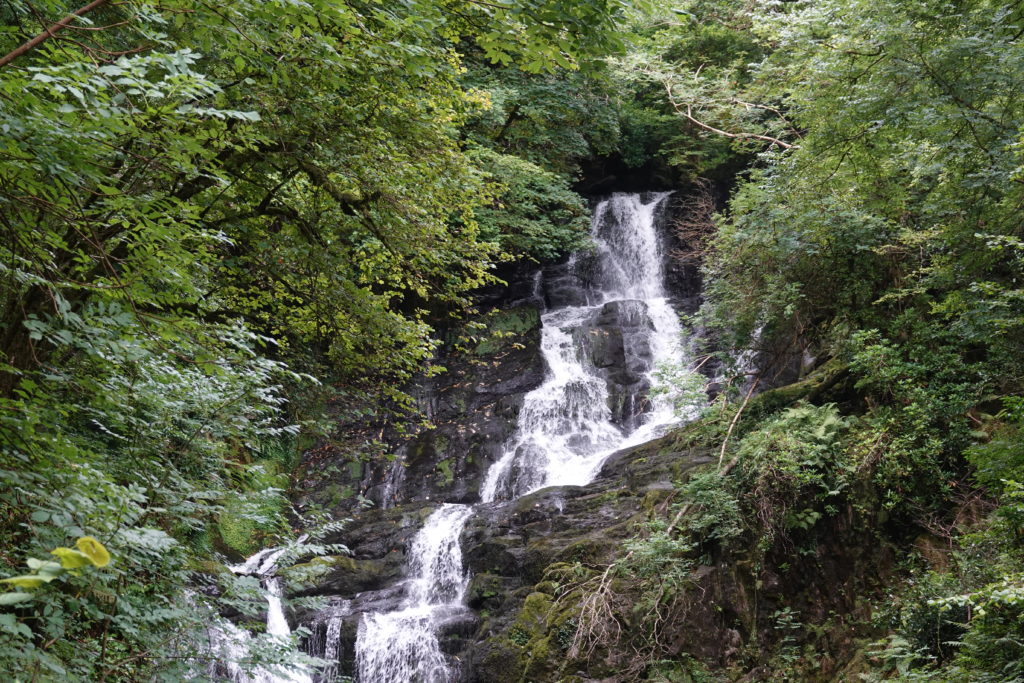
Torc is a wild boar, so in English that would be Pork Waterfall.
